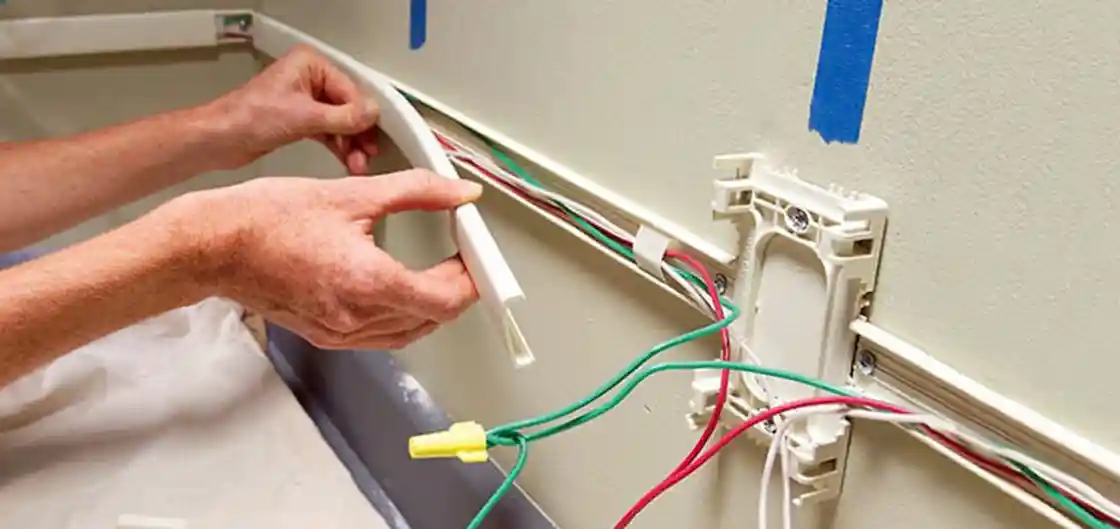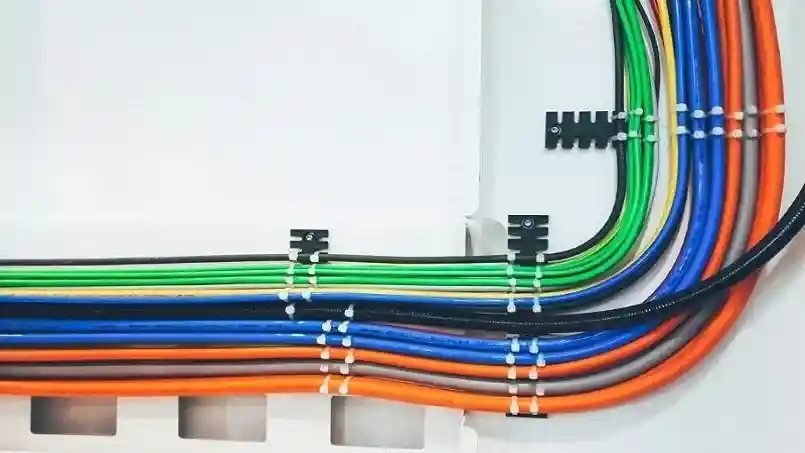Types of building wiring
In general, the types of building wiring according to the application, the type of project and the age of the structure are done in two methods: built-in and facing. In this context, it should be noted that wiring is considered one of the main and decisive stages for the construction and preparation of residential and building structures.
1- Building facade wiring
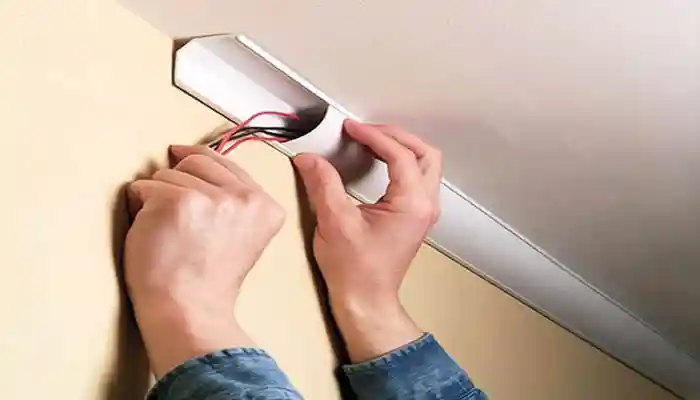
In the surface wiring method, all wires and connections pass over the surface of the wall. In order to maintain the beauty and visual appeal of the space, special ducts are often used in this method to hide the wires. In order to save wiring and cabling costs, built-in wiring is one of the appropriate and practical choices.
This type of wiring is very useful for old buildings and industrial and office environments. In this method, wires and connections are easily accessible due to being exposed. For this reason, in the event of a technical defect, the ability to troubleshoot and diagnose the created problem is easily possible.
2- Built-in building wiring
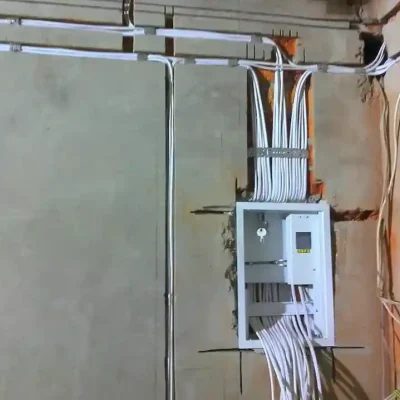
Other types of building wiring include built-in wiring. In this method, all the wires and connections are placed in special ducts and inside the wall or pass under plaster or cement. Due to its high flexibility, this wiring method is suitable and useful for structures and projects with different uses.
In built-in wiring, ordinary wires or multi-layer resistant wires and connections can be used without restrictions. Based on this, the built-in wiring method is one of the common and common ways to perform wiring operations in many projects, including office, commercial, recreational and residential. In addition, in the built-in wiring, while respecting the safety of the structure, the beauty and visual appeal of the building is also maintained.
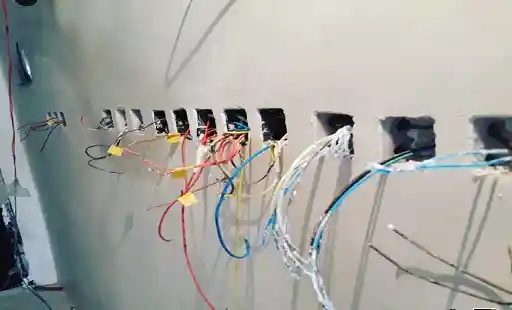
Electrical wiring of the building without wires
Wireless building wiring means using wireless technology to transmit electricity in the building. This technology works based on the principles of wireless electric current and can fully provide a suitable platform for connecting electrical equipment.
Advantages and benefits of building wire-free wiring
One of the advantages of building electricity without wires is the possibility of easy installation and use.
With this technology, there is no need to install electrical cables underground or on the wall. Instead, you can connect electrical equipment to the wireless network and easily move or replace them.
In addition, wireless building wiring gives you more customization options.
In wireless mode, you can arrange the equipment according to your needs and tastes and apply the desired settings. For example, you can control the lighting using a software and make changes easily.
Also, one of the most important factors of this technology is high safety. With wireless wiring, the risks of electric shock and cable communication accidents are greatly reduced.
Also, the wireless power flow in the building will be automatically cut off in case of incidents such as fire or electrical riot.
Different methods of built-in wiring
Built-in wiring is a type of wiring in which the wiring path is placed inside the walls. The method of implementing this type of electrical wiring has a high variety, which you will read below:
1- Built-in wiring through the fuse box
In this wiring method, a fuse box is used for balanced distribution of electric current. Normally, different sections and parts of the building need a different and variable amount of electric current. Using a fuse box distributes electricity according to different parts of the building. In this method, the wires first pass through the fuse box and then they are installed and implemented according to the type of need and the amount of electricity flow.
